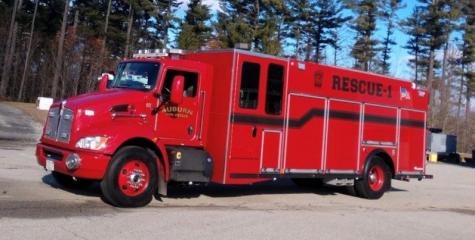Household Hazardous Waste
What is Household Hazardous Wastes?
Household hazardous wastes are produced when household hazardous materials are no longer wanted or needed as household products.
What are Household Hazardous Materials?
We use hazardous products every day in our homes. These products become a hazard when improper use or disposal will cause a threat to the environment or human health. Many common household products, such as paints, solvents, drain openers, oven cleaners, polishes, waxes, pesticides, cleaning agents and spent automotive products, have hazardous properties. The properties that make these products hazardous are:
- Flammable: Easily set on fire or ignited
- Corrosive/Caustic: Burn and destroy living tissue on contact
- Explosive/Reactive: Detonate or explode by exposure to heat, sudden shock or pressure
- Toxic/Poison: Capable of causing injury or death through ingestion, inhalation or absorption through the skin
How to Identify Household Hazardous Products?
To help you identify these hazardous products, federal law requires them to be labeled with warnings about their use, storage, and disposal. These labels include signal words to help you quickly identify hazardous products. The words "Danger" (most toxic), "Warning", and "Caution" (least toxic) are used to help identify the various degrees of toxicity.
Why Should you be Concerned about Household Hazardous Waste?
The average household throws 15.5 pounds of hazardous materials into the trash each year. Household hazardous materials are are frequently poured down storm drains and sink drains. Dumping solvents into septic systems or landfills may contaminate ground and surface waters, ruining drinking water and killing fish and wildlife.














